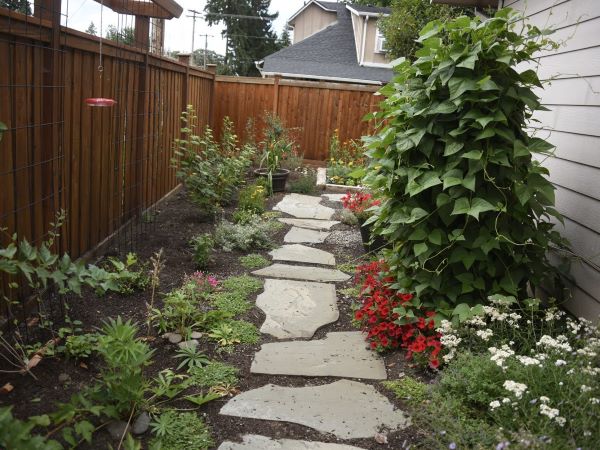Our Habitat Haven volunteers have begun site visits and been enthusiastically received. At the start…
 Birds do not recognize the man-made boundaries between countries, and yet they need to cross them to survive. Consequently, it’s up to us to coordinate efforts to protect them as they move through their annual cycles. International Migratory Bird Day (IMBD), officially designated in 1993, celebrates the migration of billions of birds each year between their breeding grounds in the United States and Canada, and their winter homes in Mexico, Central and South American, and the Caribbean. Events celebrating bird migration occur throughout the region, (for information on LCAS’s IMBD event on May 13, see page 7), with the growth of IMBD prompting the creation of the nonprofit organization, Environment for the Americas, to provide educational materials and outreach. In fact, one of the first landmark conservation laws was the Migratory Bird Treaty Act of 1916, signed by Canada, U.S., Mexico, Japan, and Russia. The act grants full protection to over 800 species of birds, including their feathers, eggs, and nests.
Birds do not recognize the man-made boundaries between countries, and yet they need to cross them to survive. Consequently, it’s up to us to coordinate efforts to protect them as they move through their annual cycles. International Migratory Bird Day (IMBD), officially designated in 1993, celebrates the migration of billions of birds each year between their breeding grounds in the United States and Canada, and their winter homes in Mexico, Central and South American, and the Caribbean. Events celebrating bird migration occur throughout the region, (for information on LCAS’s IMBD event on May 13, see page 7), with the growth of IMBD prompting the creation of the nonprofit organization, Environment for the Americas, to provide educational materials and outreach. In fact, one of the first landmark conservation laws was the Migratory Bird Treaty Act of 1916, signed by Canada, U.S., Mexico, Japan, and Russia. The act grants full protection to over 800 species of birds, including their feathers, eggs, and nests.
Migration is an extraordinary feat. It’s mind-boggling to imagine a Warbling Vireo, who weighs barely half an ounce, traveling several thousand miles from an over-wintering roost in Mexico to a nesting site in Oregon. Habitat at either end is critical to their survival, but so, too, are conditions along the way. They must stop to rest and refuel. This year, the Environment for the Americas has made the importance of stopover sites their IMBD theme. Scientific studies have confirmed that places such as city parks and even private backyards are important to the success of migrating birds. Depending on conditions such as weather, some birds may stay overnight while others linger for many days to replenish the calories expended on their migratory flights. They all have the same basic requirements: water, food, and shelter. We can help. Support efforts to create, restore, and preserve public green spaces. Make your own backyard a safe stopover refueling station. Here are a few ways you can help:
- Provide food and fresh water. Feeders and birdbaths are enjoyed by birds as well as by the people who get to watch them.
- Keep your bird feeders and water sources clean. (Immerse feeders for a couple of minutes in a solution of one part household chlorine bleach to nine parts water; then air dry.)
- Garden. Plant a diversity of native vegetation—flowers, shrubs, trees—for food and shelter. For a list of bird-friendly native plants: laneaudubon.org/conservation/issues/gardening
- Retain dead trees (snags). They are a great source of shelter.
- Don’t poison the birds. Avoid the use of chemical pesticides, rodenticides, and herbicides.
- Birds don’t see glass. Help prevent window collisions by placing a network of parallel, vertical strings, spaced four inches apart, on the outside of windows. For more ideas, see: laneaudubon.org/conservation/issues/bird-window
- Migrating birds are disoriented by artificial lighting. Shield outdoor lights and direct them downward. Close curtains and blinds.
- Keep cats indoors for their health as well as the safety of native wildlife. Outdoor cats kill billions of birds each year. Indoor cats live an average of three to seven times longer than outdoor cats.
- If you take your dog with you, especially to areas with ground-nesting birds, keep it on a leash.
- Don’t feed waterfowl. Despite good intentions, it increases transmission of disease, conflict, stress, and malnourishment. Especially don’t feed them bread.
Enjoy the color, sound, and splendor of birds!



